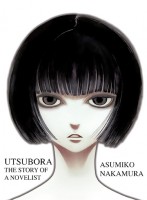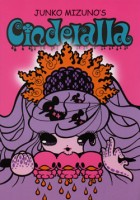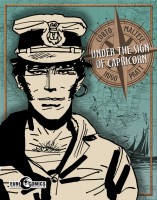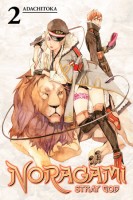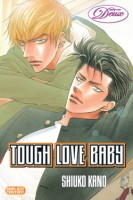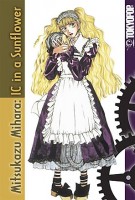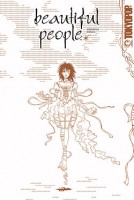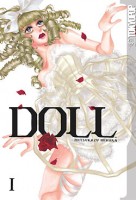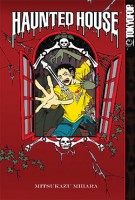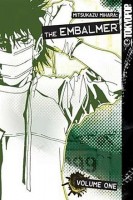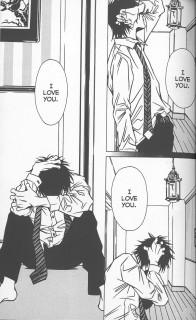 Author: Yasunari Kawabata
Author: Yasunari Kawabata
Translator: Edward G. Seidensticker
U.S. publisher: Alfred A. Knopf
ISBN: 9780679762645
Released: May 1996
Original release: 1954
Awards: National Book Award
Prior to reading The Sound of the Mountain I had only read one other novel by the distinguished Japanese author Yasunari Kawabata—Thousand Cranes, one of the three works to have been cited when Kawabata became the first Japanese recipient of the Nobel Prize for Literature. I enjoyed Thousand Cranes and have been meaning to read more of Kawabata’s work for quite some time now. Although it probably isn’t his best known work to have been translated, The Sound of the Mountain does have the distinction of being one of Kawabata’s longest novels. The volume was completed in Japan in 1954 after having been serialized for five years. Also in 1954, the novel was adapted as a live-action film directed by Mikio Naruse. The Sound of the Mountain was first translated into English by Edward G. Seidensticker in 1970 for which he won the National Book Award for Translation.
Shingo Ogata is an aging businessman in postwar Japan. His memory has started to fail him, his hair turns whiter as each day passes, many of his friends and acquaintances have already died, and he begins to be plagued by peculiar dreams. There is nothing he can do to halt the steady decline of his mind and health, but what concerns him most is the decline of his family and the unraveling of his children’s marriages. The philandering ways of Shingo’s son Shuichi are an open secret but his son’s wife Kikuko remains devoted to him, although perhaps even more so to Shingo. Shingo’s daughter, too, is having marital problems. The situation may or may not be temporary, but she has left her husband and is currently living in her parent’s home along with her young children. The house is full, the family’s relationships are strained, and Shingo is conflicted over what he should be doing about it all and over his developing feelings for Kikuko.
The Sound of the Mountain is a relatively quiet novel. Shingo has his personal struggles and internal strife, and there is plenty of family drama, but the work largely consists of snippets of the everyday lives of the Ogata household. None of the characters in The Sound of the Mountain are particularly exceptional in any sort of way. Their lives and their troubles, while certainly having a great impact on those around them, are mundane. Kawabata’s characterization of the individual family members is often very subtle and nuanced, as is his portrayal of the intricacies of their interpersonal relationships. As much as The Sound of the Mountain is about Shingo growing older, it’s just as much about the transformation of his family. All things must inevitably come to an end. Shingo knows this, and knows that his life, too, will eventually end, but he still feels guilty about and responsible for the direction his family and his children are heading.
It’s been a few years since I’ve read it, but overall I think I probably prefer Thousand Cranes over The Sound of the Mountain. However, the two novels do share some similarities: a focus on people and how they interact, a sparse writing style laden with symbolism, and so on. In the case of Thousand Cranes it was the Japanese tea ceremony that provided an underlying framework for the narrative while in The Sound of the Mountain it’s Shingo’s dreams and the change of the seasons—the steady progression of time. The Sound of the Mountain has a resigned, melancholic air to it. The novel isn’t particularly uplifting, but in some ways it can be comforting to see a realistic depiction of a family trying to come to terms with the changes both in their lives as individuals and in their relationships to one another. The Sound of the Mountain captures those fleeting moments of joy and of unrest, revealing that in any stage of life people are at least partially defined by those closest to them.

